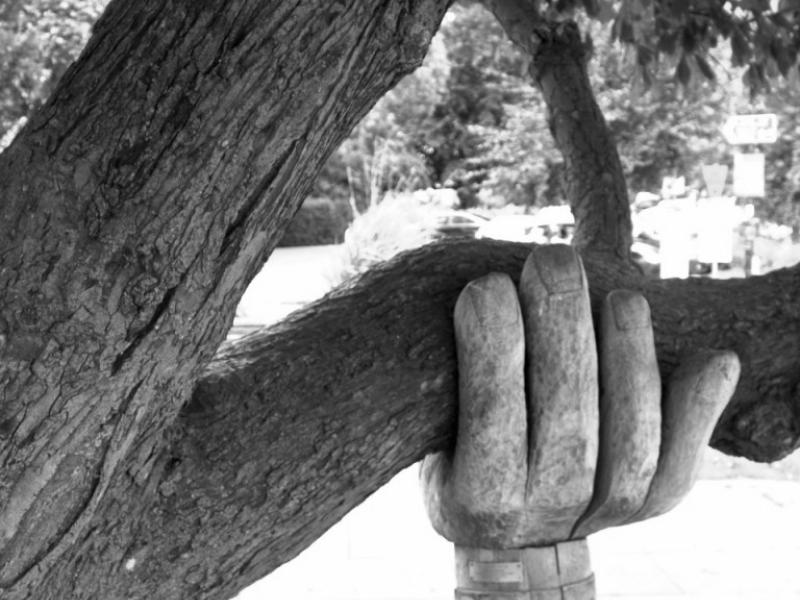10 interesting heritage facts about Bideford
Here are just a few interesting facts about Bideford, showcasing its historical significance, literary connections, and unique characteristics. Exploring the town further you will likely reveal many more intriguing aspects of its heritage and culture.
1. The home of the Longest Bridge in Devon: The Bideford Long Bridge, which spans the River Torridge was built in the 13th century. It is believed to be the longest stone bridge in Devon. The 24 aches on the long bridge are of different sizes each span was paid for by a local wool merchant, and depending on his wealth it was either a small or a large arch!
2. At one time Bideford's sheltered port was one of the busiest in England: Bideford has a rich maritime history. In the past, it was a significant trading port, particularly during the heyday of the Atlantic slave trade. The town's quay is still used by ships today, and there are remnants of its maritime past, including old warehouses and historic vessels.
3. The last Witch trials took place in Bideford during the late 17th century. The Bideford witch trials occurred in 1682 and were part of the wider witchcraft hysteria that swept across Europe and North America during that time. During the trials, three women from Bideford, Temperance Lloyd, Susannah Edwards, and Mary Trembles, were accused of witchcraft. They were believed to have caused illness, accidents, and misfortune in the town. The trials resulted in their conviction and subsequent execution by hanging.
It is important to note that the witch trials were conducted in a period when superstitions and beliefs in witchcraft were prevalent. Many innocent people, mostly women, were accused of witchcraft and faced persecution and even death during this dark period in history.
The Bideford witch trials are a significant part of the town's history and serve as a reminder of the widespread fear and hysteria that surrounded witchcraft beliefs during that era.
4. Max Factor, a renowned cosmetics brand, was known to have used Bideford Black in its mascara production. Originating from a carbon-rich mineral seam, this is just one of the perhaps unconventional ways Bideford Black has been used. It is a coal-like material has been mined for generations and from the picturesque coastal town of Greencliff, Bideford Black has also captured
5. Bideford has been know as "The Little White Town": Bideford has been referred to as "The Little White Town. Despite what some might think this does not refer to the racial makeup of the town! but is due to its many whitewashed buildings, giving the town a distinct appearance. This nickname was popularised by Charles Kingsley's book "Westward Ho!" and has stuck ever since.
6. The renowned author Charles Kingsley was born here. Bideford was the birthplace of Charles Kingsley in 1819, a prominent Victorian-era author, and clergyman. He is best known for his novel "Westward Ho!" which is set in Bideford and helped popularise the town as a tourist destination. Later a small resort three miles away on the coast was developed and named after the book. His statue can be seen in pride of place in the quayside car park.
7. Charles Kingsley's "The Water-Babies" was inspired by Bideford: Charles Kingsley's famous children's book, "The Water-Babies," features scenes and characters inspired by Bideford and its surroundings. The book tells the story of a young chimney sweep transformed into a water baby and embarks on a series of adventures.
8. There is a tree known locally as the 'Wonky Conker' and this is the story of it's 'Helping Hand' The Helping Hand was created by local artist John Butler this sculpture has been supporting the “Wonky Conker” in Victoria Park for twenty years It is well-weathered and has become a much-photographed landmark.
9. Bideford was once known for its pottery industry. Bideford Pottery, established in the 17th century, produced a range of ceramic wares, including distinctive puzzle jugs and slipware. Although the pottery industry has diminished, examples of Bideford pottery can still be found in museums and private collections.
10. There is a Tarka The Otter Sculpture on Bideford Quay. Tarka The Otter Statue, is made of bronze, designed by Sculptor Rowan Fawdon. Tarka is lucky, smooth his head to bring good fortune. It is a tribute to the Tarka Trail, a scenic walking and cycling path, so named because it follows the route taken by the fictional character Tarka the Otter in the novel "Tarka the Otter" by Henry Williamson. The trail runs along the estuary and offers beautiful views of the surrounding countryside. The sculpture

